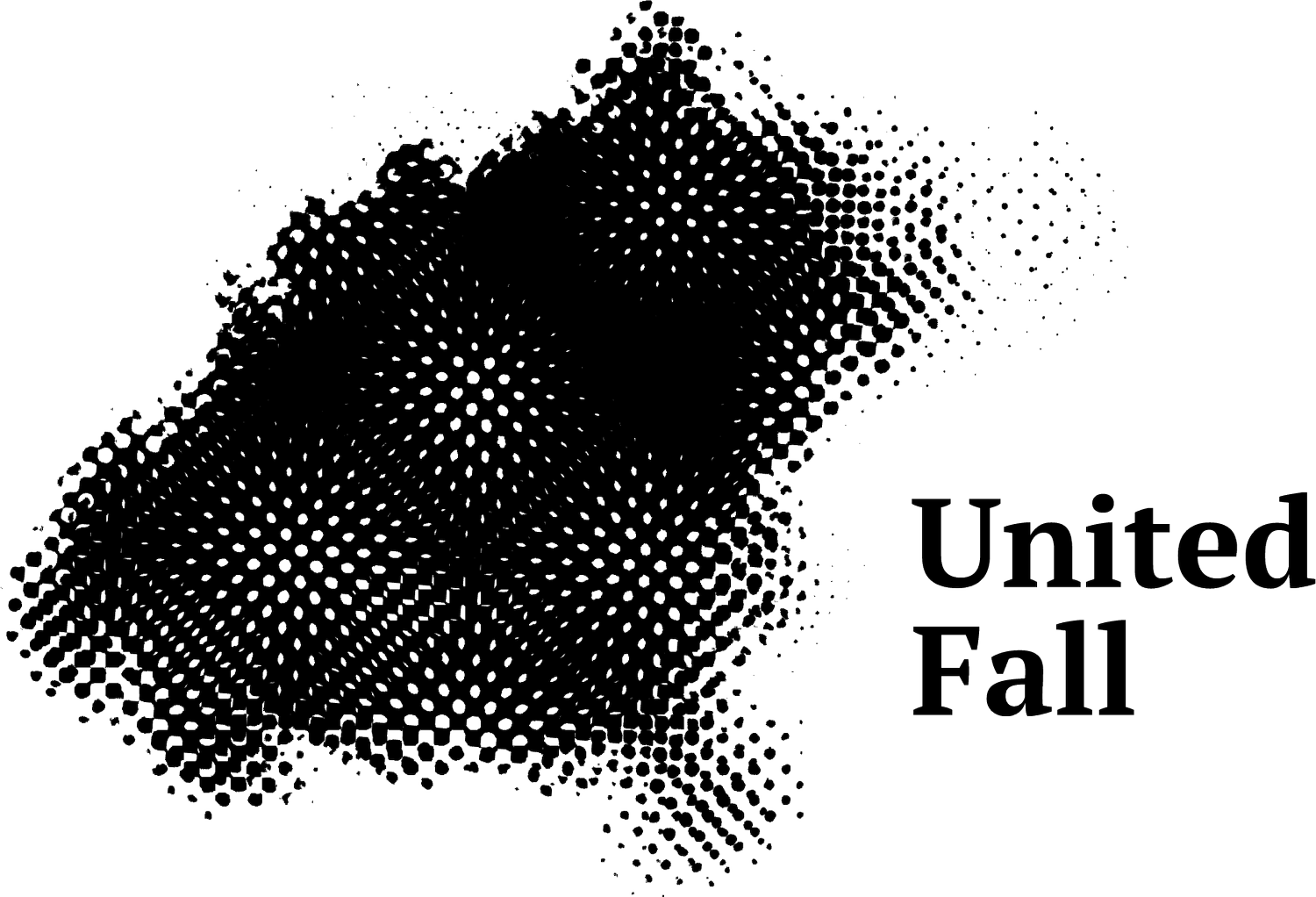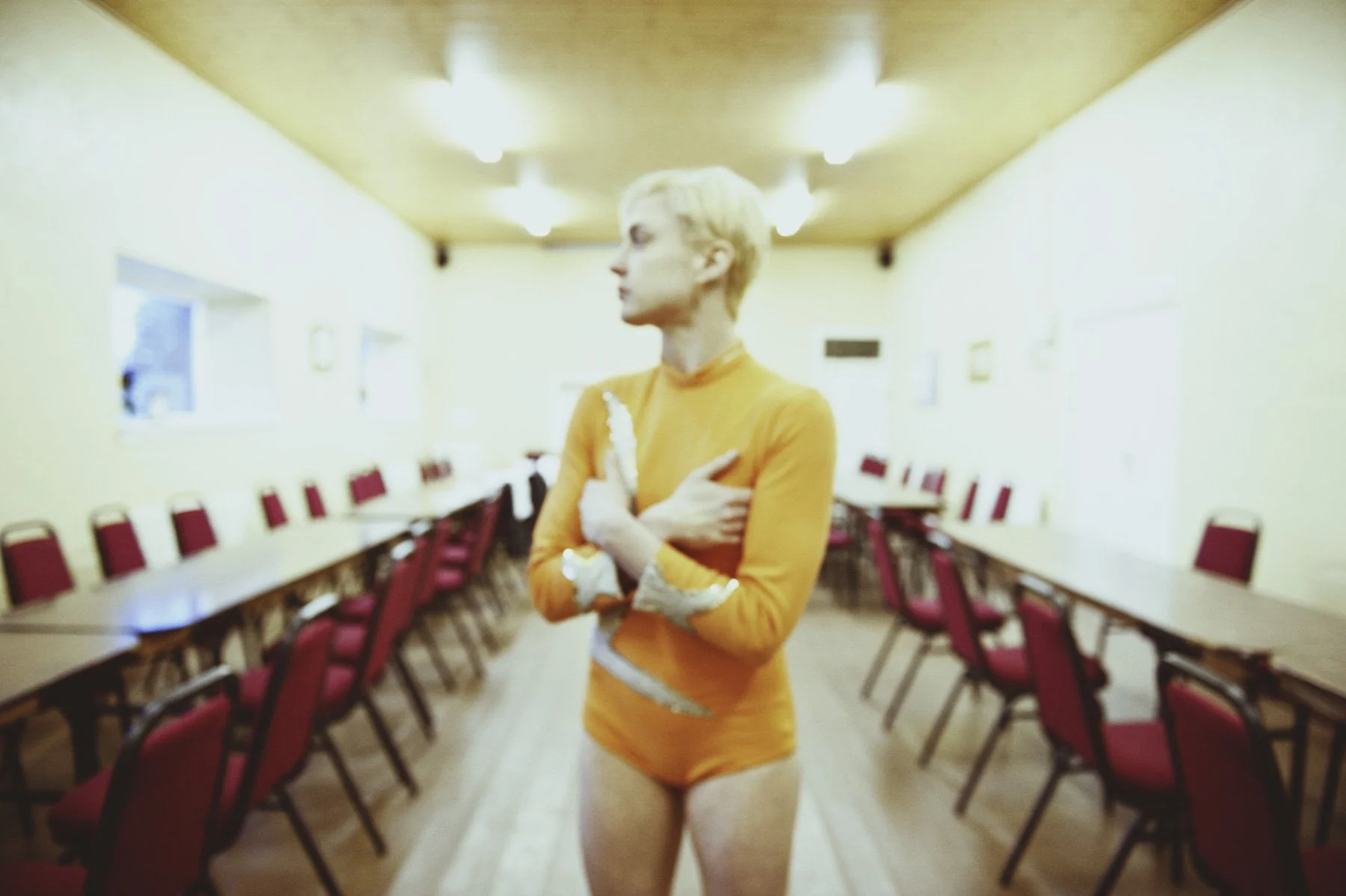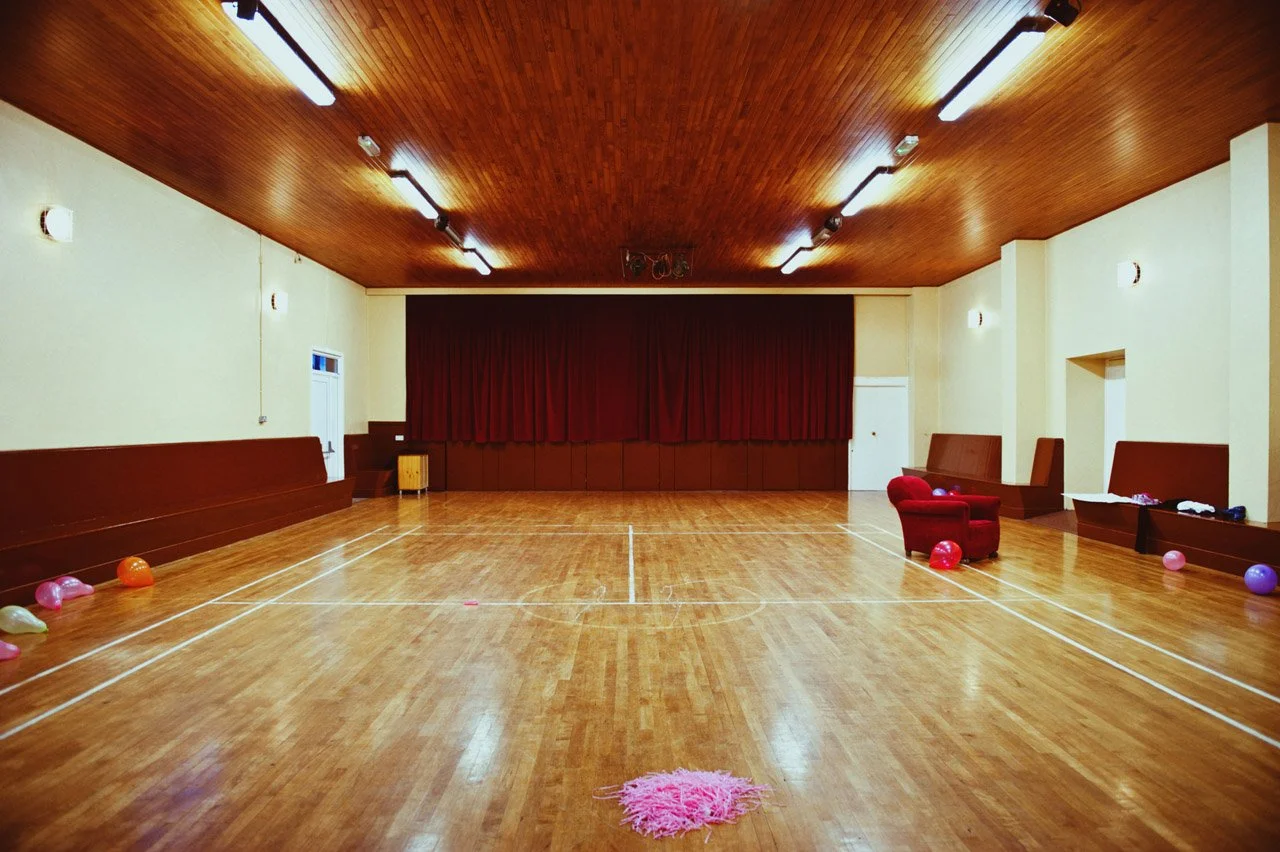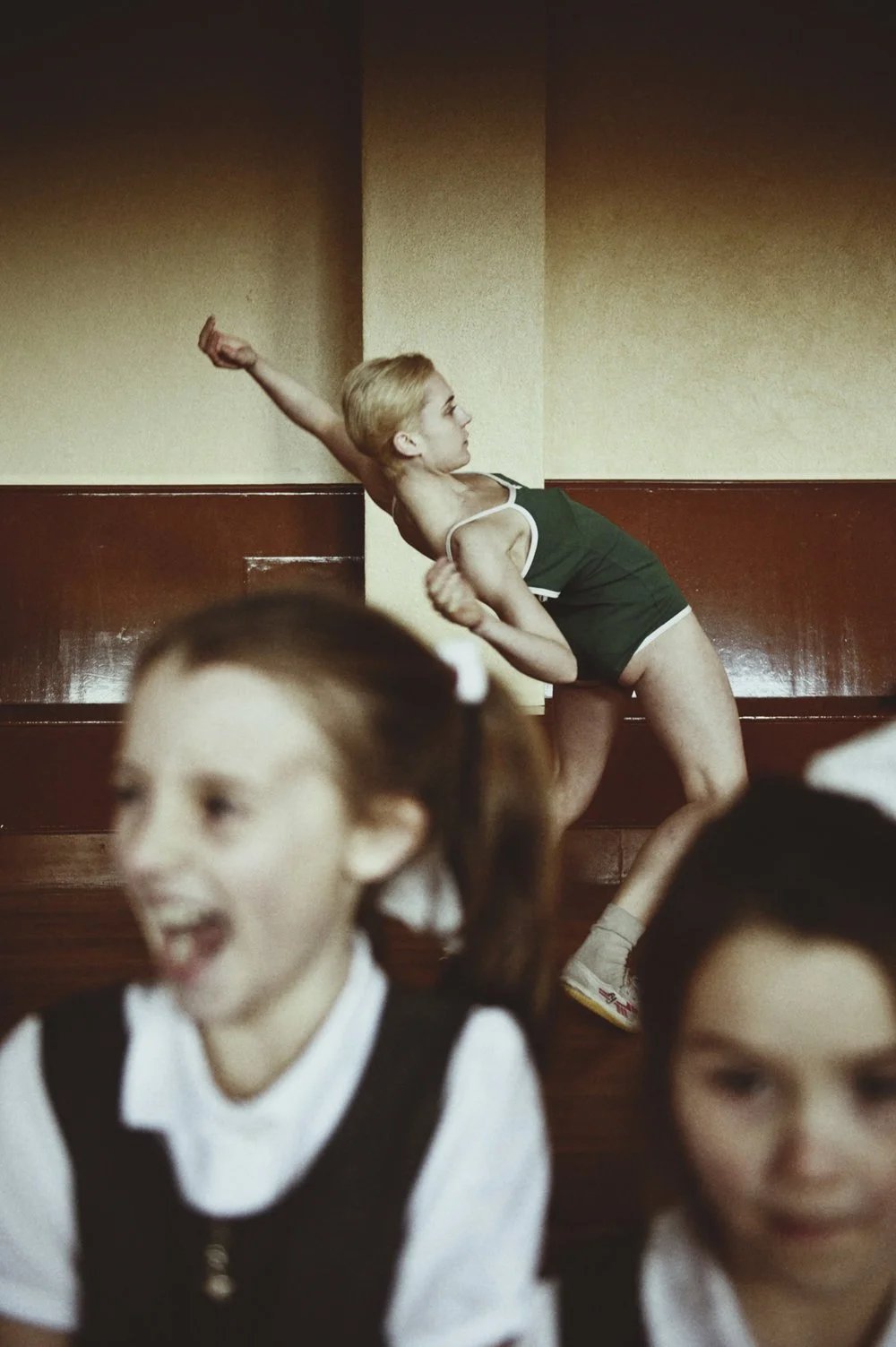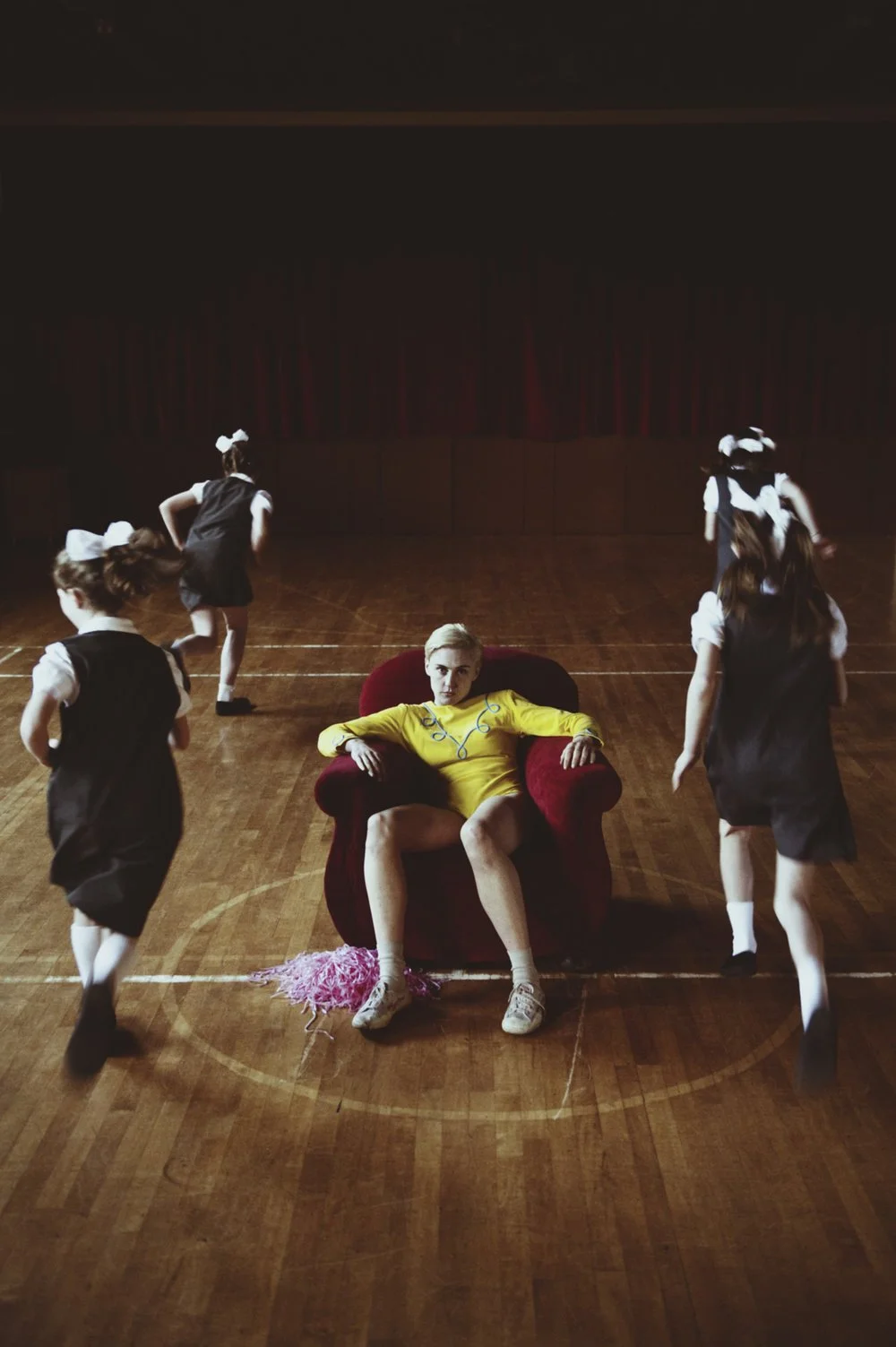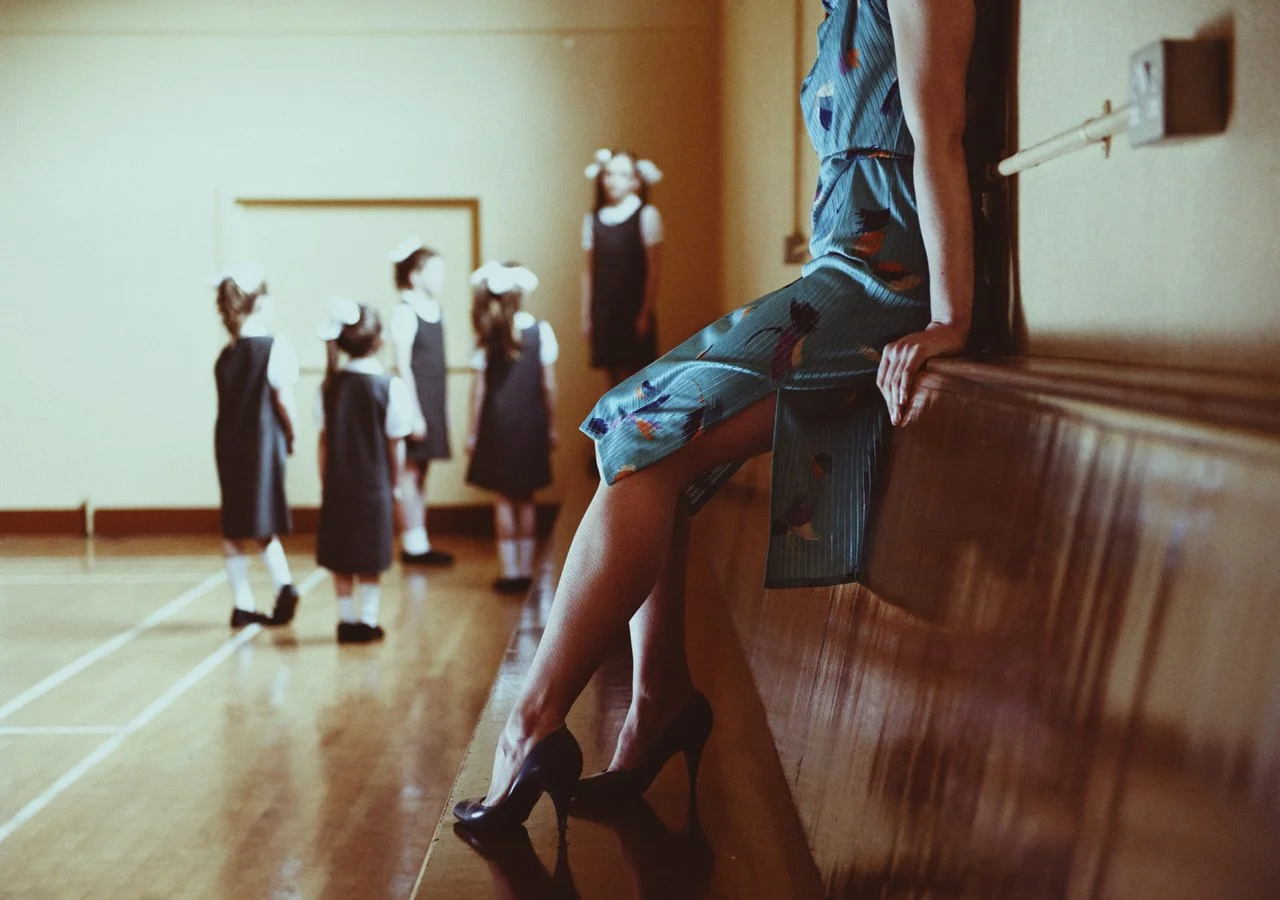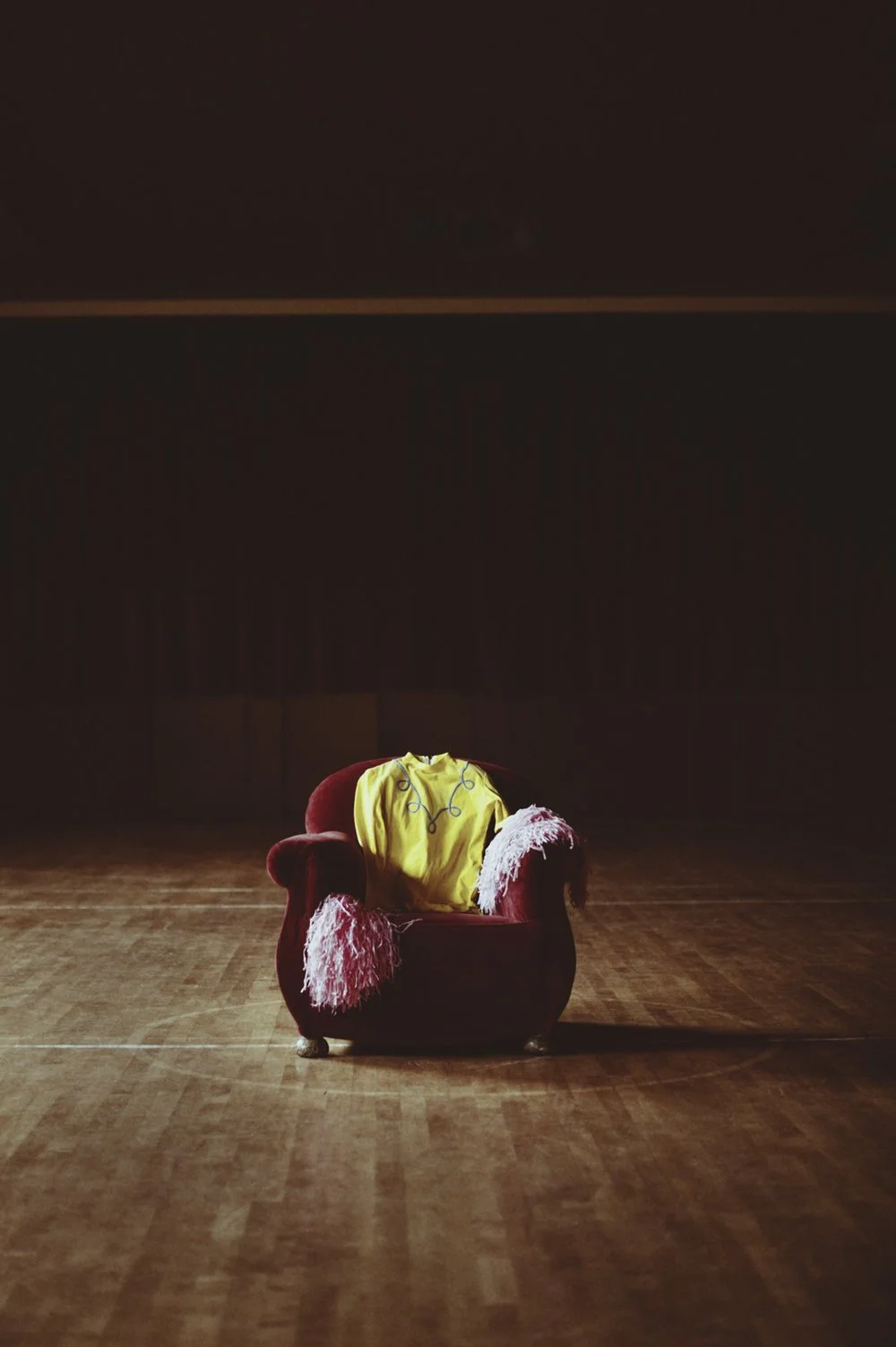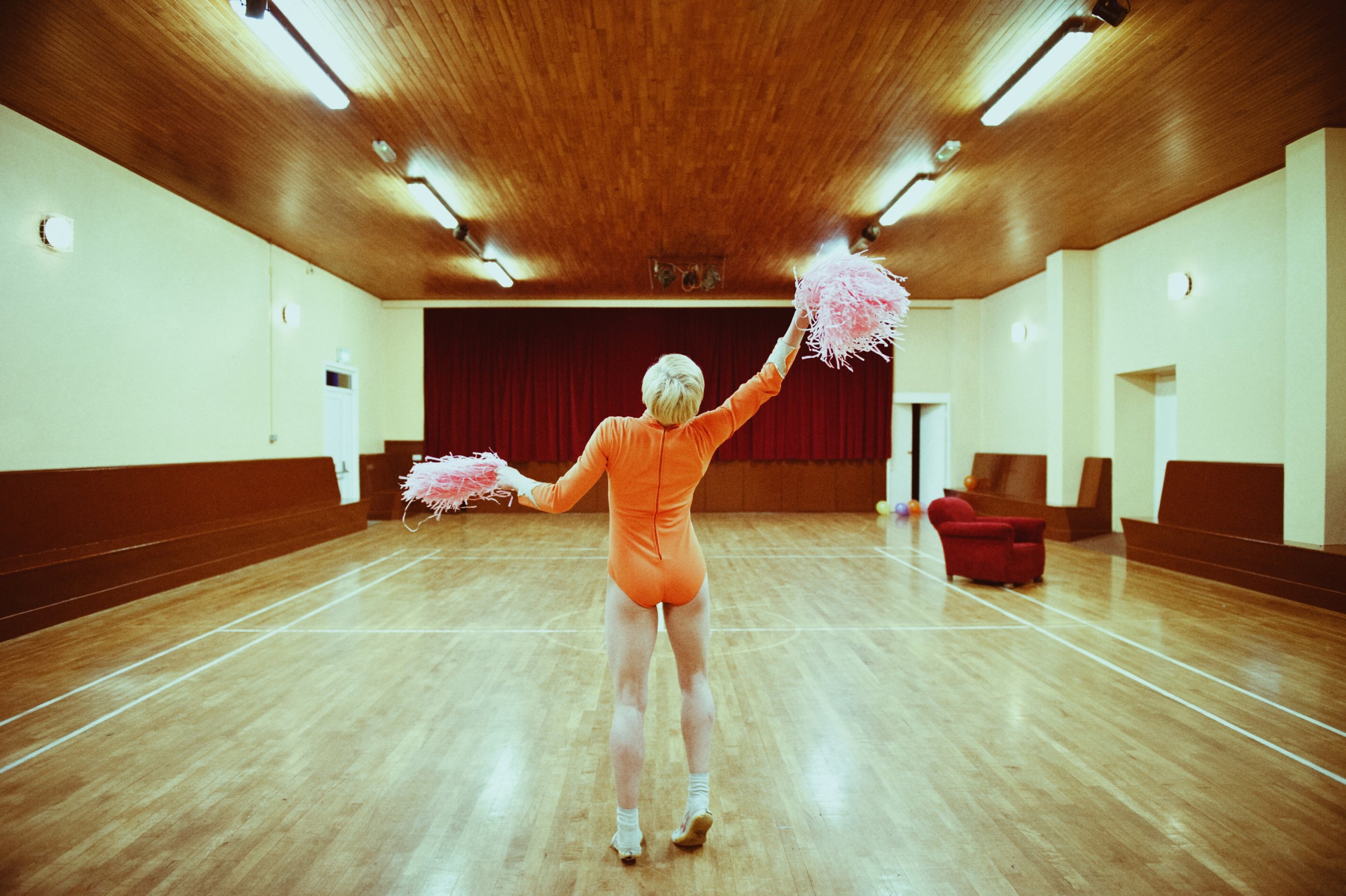
TUNDRA
2014
Woke up, didn't know where I was. Never seen this place before. Nothing as far as the eye can see, and then, as if put there by magic, a big grey building. There was a light on over the door and it was freezing, so I went in...
Production Support provided by Dance Ireland.
Funded through an Arts Council Dance Project Award.
Supported by Dance Ireland Tundra is a co-production with Centre de Développement Chorégraphique, Toulouse, with partners Art Stations Foundation, Poznan, Centro per la Scena Contemporanea, Bassano del Grappa and Plesna Izba, Maribor in the framework of the European project modul-dance with the support of the EU Culture Programme.
Supported by Carlow County Council and VISUAL Centre for Contemporary Art/ George Bernard Shaw Theatre.
Dublin Dance Festival 20-23 May 2014 Samuel Beckett Theatre, Dublin
CREDITS
Created by: Emma Martin
Performed by and created in collaboration with: Neil Brown, Justine Cooper, Oona Doherty, Simon Jaymes Humphrey, Raymond Keane
Music and live performance: Nick Roth, Francesco Turrisi, Olesya Zdorovetska, Oleg Ponomarev
Light: Sarah Jane Shiels
Scenography: Sarah Jane Shiels and Emma Martin
Costume: Catherine Fay
Producer: Jen Coppinger
Supernumerary performers: Monika Bienek, Aliina Lindroos, Lisa Tighe
Photography: Luca Truffarelli and Ros Kavanagh
Video Design: Mags Mulvey
Sound Engineer: Benny Lynch
Production Manager: Rob Furey
Stage Manager: Mags Mulvey
ASM: Roisín Page
Video Recording and editing: Kilian Waters/ Shoot to Kill
Commissioned by: Dublin Dance Festival
"...like a poem, a kind of love story in a time of cholera. It reminded me of films of Andrei Tarkovsky and Bela Tarr that on the surface portray the tragic comedy of human incoherence, yet at a deeper level resonate with a texture of love and longing. As I sat in the theatre watching I felt an intense connection with the dancers, as if we were a single being feeling the same disturbance, and they were just expressing in their bodies what was buried deep in my heart. I suppose that's the best thing about art- it's a sign of hope in a dark universe"
Irish Times, 03/06/2014
"Tundra is a sparse, Soviet style piece of intense physical movement. Sitting behind a gauze curtain, the audience feels like Big Brother, observing an occultish scene with an Andy Warhol-esque poltergeist and weary travellers, collapsing and delicate after escaping the Tundra. Melancholy turns to hysteria soundtracked by hissing white noise. An industrial glow, ever flickering, illuminates the scene, and three Morticia-like soundless dolls haunt the limits of the stage. The dance is battle-like, the dancers keeping darkness at bay, even as it lurks quietly, in a twirl of smoke, in the corner. This is a beautiful, unsettling piece of dance theatre. Feel the tingle down your spine."
Le Cool, 22/05/2014
Summoning beauty and transformation
With Tundra I wanted to look at familiar concept/ myth/ truth, depending on one’s beliefs I suppose, exploring notions of heaven and hell as two extremes from which to explore states of mind. The visual aesthetic feels quite filmic, though slightly surreal at times. It’s a world that’s cosmically misaligned, where a warped sense of reality reigns over logic and reason, where time and space lose their boundaries, inhabited by 5 characters who are confronted by fear -of themselves, their existence, their actions and of the unknown, but ultimately they want to break through those barriers to a higher plane. I think it’s tragicomic- poetic, at times absurd, with a dark edge. It’ll feature live music, influenced by East European folk and 5 extraordinary performers, who I’m really excited to be working with.
It’s genesis comes from thinking about time and it’s cyclical nature, and how, historically, we can see patterns emerging, where at certain times everything goes into a state of flux and volatility. It looks like we’re in that state right now, and it is a time of insecurity, change and we have witnessed the exposure of a huge amount of human suffering and darkness. We start to question and re-question, what’s it all about? And I guess Tundra sort of evolved from that place.
I'm endlessly interested in talking about and exploring human nature but in particular our chaos, and struggles with desire and death. With this piece I really wanted to engage with the vastness of nature [of the world] and the things we can and can’t control. I wanted to somehow work with the potential of an unseen world, and feeling the breath of “the ideal”, without wanting to impose any sort of didactic notions on the work. But I am drawn to thinking about reason and logic being overcome by internal and external forces. By that I’m talking about intuition and the connection between our own instinct and a greater external force outside of our control and indeed understanding.
Conceiving and creating a new work is like capturing the detailed minutiae of a dream, except it’s in the future… I don’t think we surrender ourselves to the wild plains of our imagination enough. Art is about creating an elemental experience of life, which the audience is invited to participate in along with the performers.
And dance engages with the things that are beyond words, willing the spectator to be faithful to their own imaginations, to summon their own pre-existing dream lives, nightmares, fantasies, reflections and subconscious filing cabinet of experience and emotional wisdom. It’s like entering a portal and being temporarily transported into another world.
Our logic brain is already bombarded on a daily basis, so it’s about creating an experience for the subconscious to feast on. The theatre is a place of discovery and danger, unbounded by the conventions of reality- allowing us to reveal new visions that may be somehow strange, but are recognizable at a deeper, subconscious level.
On top of all of that, two things that I care about in my work is that it should not alienate the audience and that people feel like they have been on journey of some description.
Music has an equal weight in the work. Music creates the world, the atmosphere, it drives the action, it drives the performers, it drives the audience and it definitely drives me. It helps me “land”. Rhythm and musicality are integral to my work, using them in a way to “temper” the movement quality and it’s progression in energetic states. I believe that rhythm is innate and primal, and we connect to it on a very basic level, hence my consistent use of live music, and percussion in all of my work thus far. I also, somewhat perversely, enjoy the danger that live unpredictability presents, which means that I sit in the back row like a nervous wreck mostly, but I’m totally there with the performers onstage.
For Tundra, we are working with music inspired by Balkan and East European folk, which can be pretty complex in it’s rhythmical structure. There’s a wild and dangerous energy with this music, but it’s also essentially optimistic, as most folk music characteristically is. The strong musical influence of the Roma people on folk music in South East Europe reveals their ancient Indian ancestry particularly heard in the rhythms, and that sense of the ancient really fascinates me. Nick Roth, from the band Yurodny, is the musical director and composer for the work and will be present throughout the creation period scoring the piece in tandem with the process. The performer's bodies are channeling the music, so it’s important that they discover and experience this music for themselves and to allow the movement to emerge from that fresh discovery, rather than trying to imitate and evoke something else that is alien to us. In that way we would be forcing an image or interpretation, but I want to allow the spectator to receive his own interpretation of that moment for himself, and to allow the mind to organize it in his own way. It’s an innate process that we naturally do anyway, so it’s not that the work is requiring any special intellectual treatment or analysis. But the aim is to allow the arrangement of all of the components of our creation to have an individual effect or Gestalt in the eye of each spectator.
With this piece there is a certain desire of wanting the movement to relate to the folk dancing idiom, not just in the actual form of the steps themselves, but also in the necessity of it. It somehow comforts me to think about the lineage and evolution of dance in general, stemming from ritual and circular ceremonial dances, and that they’re all connected. For me dancing socially or in a club is just as valid as dancing onstage. We communicated with our bodies before we had spoken language. And I’ve become less occupied with set choreographic “sequences”, and more interested in movement focused on energy and rhythm. Setting dances and transposing them from my body to the performers just limits the possibilities. A combination of steps can achieve beautiful moving visuals, but it’s somehow a dead end. It’s empty if the performers are merely repeating a sequence of steps that they have learned so well, that the mind and heart is absent and the memory of the muscles is doing all the work. Without wanting to sound flippant, in some ways “setting the steps” is the relatively easy bit in the greater scheme of creating a piece from scratch. For me each piece of work requires a specific language, a movement one, a visual one, a musical one and sometimes a spoken one. And so now for me this “sequence of steps” has to take a secondary position to the people who are actually doing them. An intelligent performer requires much more to keep her/himself stimulated than just repetition. And so that’s when the work becomes much more interesting when the performers are also creators and bringing themselves to it. I’m really buzzed by the performers I’m working with on Tundra, which demands a mutual act of searching from us all. They are really bringing themselves, their experience, memories and, most importantly, their imaginations into the room. The characters are emerging from them, which feels more truthful, than imposing mannerisms and alien stories on them. The performers are paramount to the work- they are the ones that distil, embody and deliver the energy to the audience, and I’m very fortunate to work with some really wonderful artists.
I often find myself returning to the reference of weather and nature- using imagery connected to landscape and weather systems, when articulating ideas. It provides me and the performers with a key to access the feeling tone and energy of what is being said or expressed- weather and landscape as a state of mind and a state of physicality. The chaos and unpredictability of nature excites me greatly, in that we are at the mercy of it really, though we strive to tame it. Ultimately Mother Nature always wins.
Emma Martin, April 2014
